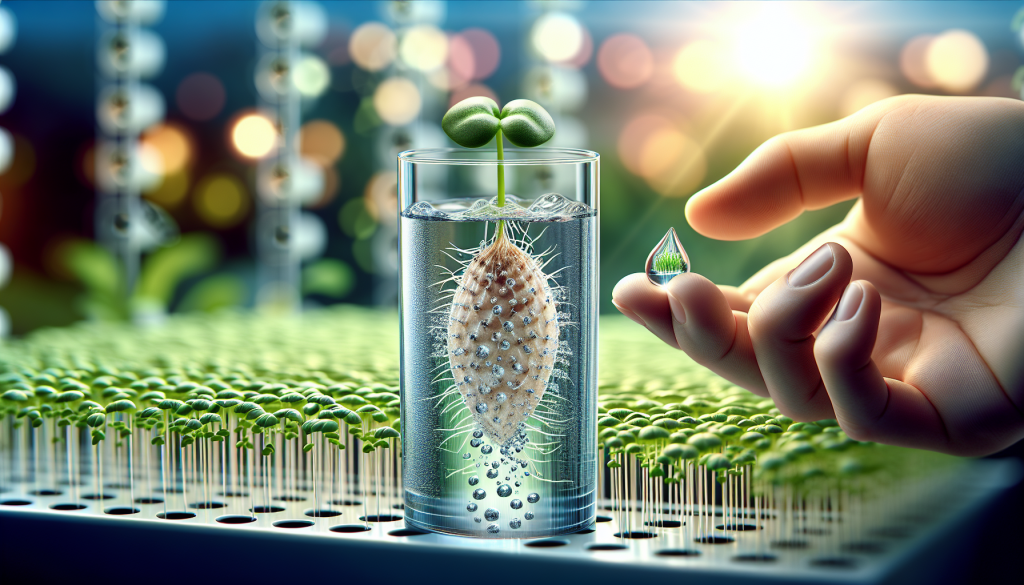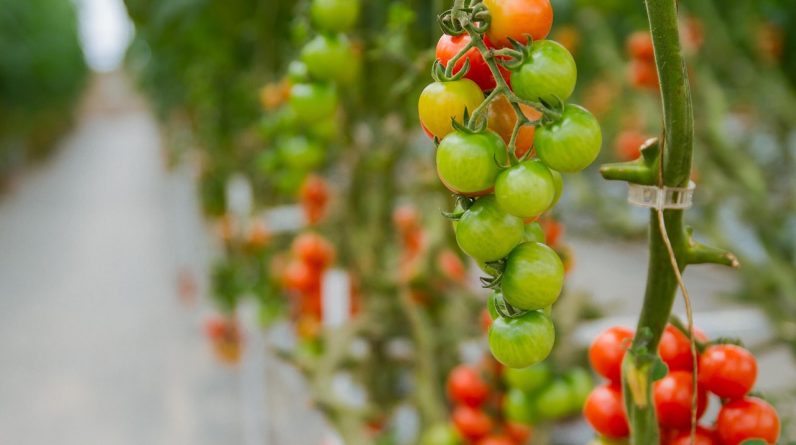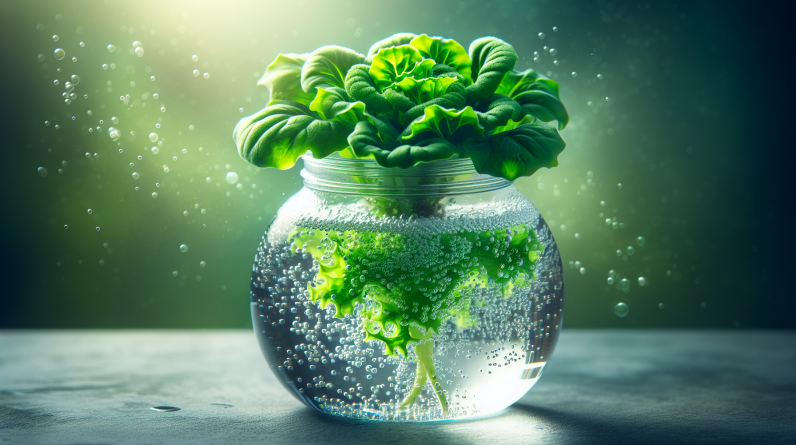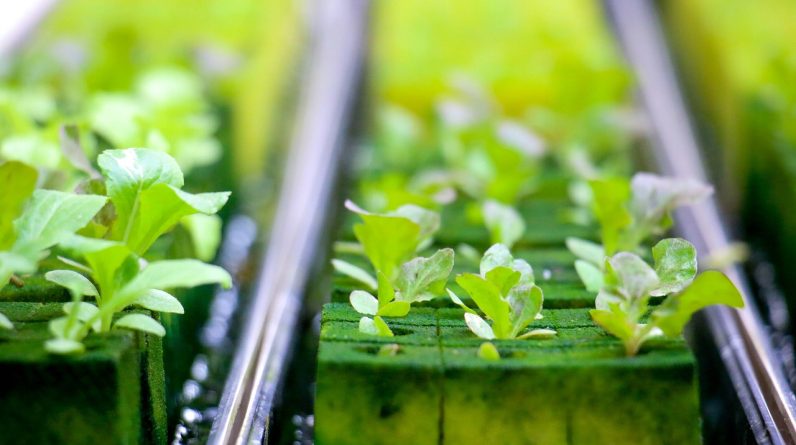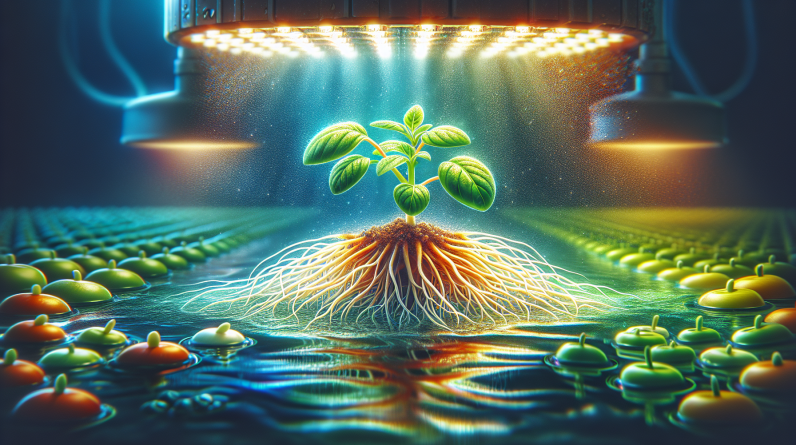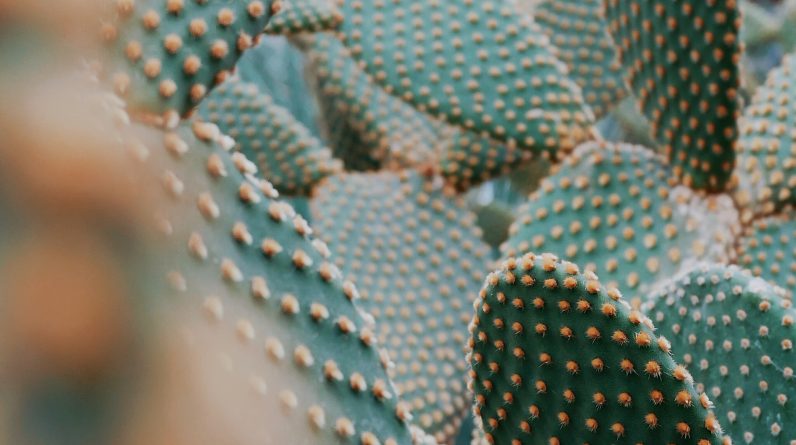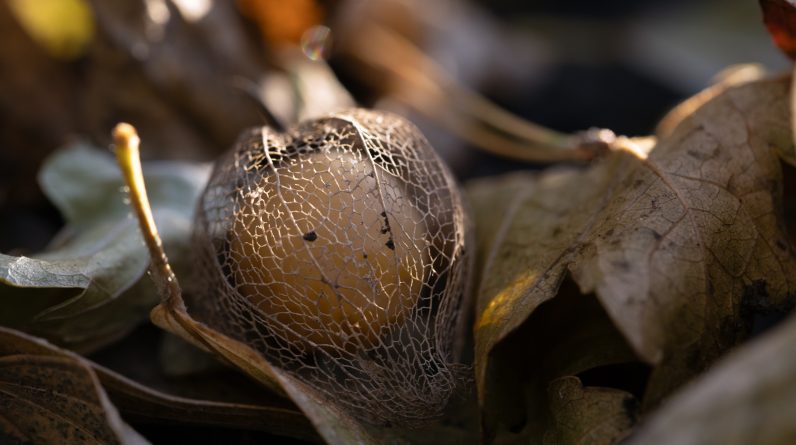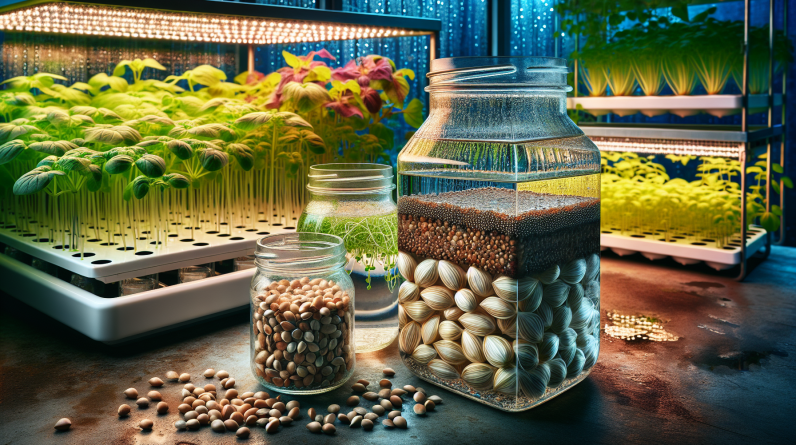
Are you considering trying your hand at hydroponics and wondering if you need to soak your seeds before planting them? In this article, we’ll explore this common question and provide some clarity on whether soaking seeds is necessary for successful hydroponic gardening. So grab a cup of tea, sit back, and let’s dive into the fascinating world of hydroponics!
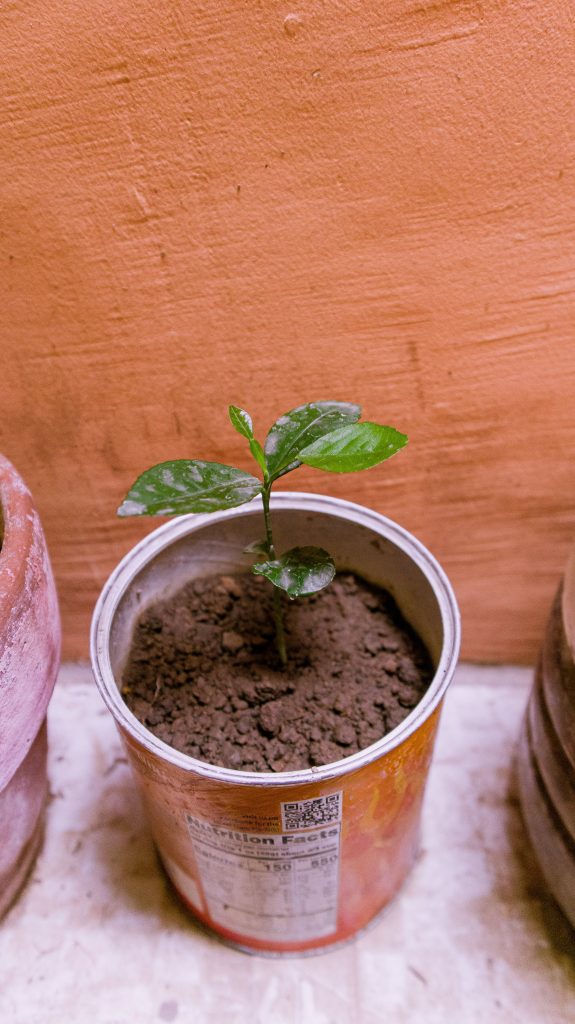
This image is property of images.pexels.com.
What is hydroponics?
Hydroponics is a method of growing plants without soil, where nutrient-rich water is used as the growing medium. Instead of relying on traditional soil-based methods, hydroponics utilizes a controlled environment to provide plants with the essential nutrients they need to thrive.
Definition of hydroponics
Hydroponics is a cultivation technique that involves growing plants in a water-based, nutrient-rich solution instead of soil. This method allows for precise control over the growing conditions and provides plants with the necessary minerals and water to promote optimal growth.
Advantages of hydroponics
Hydroponics offers several advantages over traditional soil-based gardening. Firstly, it eliminates the need for land, making it suitable for urban areas with limited space. Secondly, because plants receive nutrients directly through the water, they can grow faster and produce higher yields compared to conventional methods. Additionally, hydroponics allows for better control over factors such as pH levels, temperature, and sunlight exposure, resulting in healthier plants and fewer pest issues. Lastly, it conserves water as it requires significantly less water compared to traditional gardening methods.
Seed Soaking in Hydroponics
Purpose of seed soaking
Seed soaking in hydroponics serves multiple purposes. Firstly, it helps to initiate the germination process by providing moisture to the seeds. This is particularly useful for seeds with hard coatings or those that have been stored for an extended period. Soaking also assists in softening the seed coat, allowing the emerging root to break through more easily. Additionally, soaking can help remove any inhibitors or substances that may prevent or delay germination.
Benefits of seed soaking
There are several benefits to soaking seeds before planting them in a hydroponic system. Firstly, it can improve germination rates, ensuring a higher success rate for your crops. Soaking also helps to speed up the germination process, meaning your plants will sprout and begin growing more quickly. Furthermore, soaking can increase uniformity among the germinating seeds, leading to more consistent plant growth. Finally, by soaking seeds, you can potentially eliminate or reduce the need for additional seed treatments or interventions.
Factors to Consider
Seed type
Different types of seeds have varying characteristics, including their germination requirements. Some seeds may benefit more from soaking than others. It’s important to consider the specific needs of the seeds you are using and research whether seed soaking is recommended for optimal results.
Seed size
Seed size can play a role in the soaking process. Smaller seeds generally require less soaking time than larger seeds. A general rule of thumb is to soak smaller seeds for a shorter duration to prevent over-soaking.
Seed age
The age of the seeds can also impact their germination rate and viability. Older seeds may benefit from soaking to help overcome any dormancy or hardening of the seed coat due to prolonged storage. However, newer or fresher seeds may have higher germination rates without requiring soaking.
Nutrient solution
The choice of nutrient solution used for seed soaking can impact the overall success of germination. It is important to use a balanced nutrient solution that provides the essential elements for healthy seed development. Consult the instructions provided by the manufacturer or seek guidance from a hydroponics expert to ensure you select the appropriate nutrient solution.
Soaking Methods
Water soaking
The most basic method of seed soaking in hydroponics is the use of plain water. To utilize this method, simply submerge the seeds in clean water and allow them to soak for the recommended duration. Water soaking can be an effective and accessible method for most seeds.
Nutrient solution soaking
For enhanced results, soaking seeds in a nutrient solution tailored for hydroponics can be beneficial. This method involves preparing a nutrient solution and immersing the seeds in it for the recommended time. The nutrient solution provides the essential minerals and elements necessary for optimal germination and early seedling growth.

This image is property of images.pexels.com.
Duration of Soaking
General recommendations
The duration of soaking can vary depending on the specific seed type and the soaking method being used. As a general guideline, soaking seeds for 8 to 12 hours is often sufficient for most plant varieties. It’s essential to follow the recommended soaking times provided by seed suppliers or consult reputable sources to ensure you are soaking your seeds for the appropriate duration.
Seed-specific guidelines
Certain seeds may have specific soaking requirements. For example, some species may benefit from longer soaking periods to help break dormancy or overcome seed coat hardness. On the other hand, some seeds, particularly those with delicate or thin coatings, may require shorter soaking times to prevent over-soaking or damage. Research the specific needs of the seeds you are working with to determine the appropriate soaking duration.
Pre-Soaking Techniques
Killing pathogens
Pre-soaking seeds in a disinfectant solution can help eliminate potential pathogens or bacteria that may be present on the seed surface. This can reduce the risk of disease or infection during germination and early growth stages. Consult with a hydroponics expert or refer to reputable guides for the recommended disinfectant solutions and soaking durations.
Breaking dormancy
Some seeds may have a prolonged dormancy period, meaning they will not germinate without specific triggers. Pre-soaking seeds can help break dormancy by providing the necessary moisture and environmental cues for germination. Research the specific requirements of the seeds you are working with to determine if pre-soaking is recommended to break dormancy.
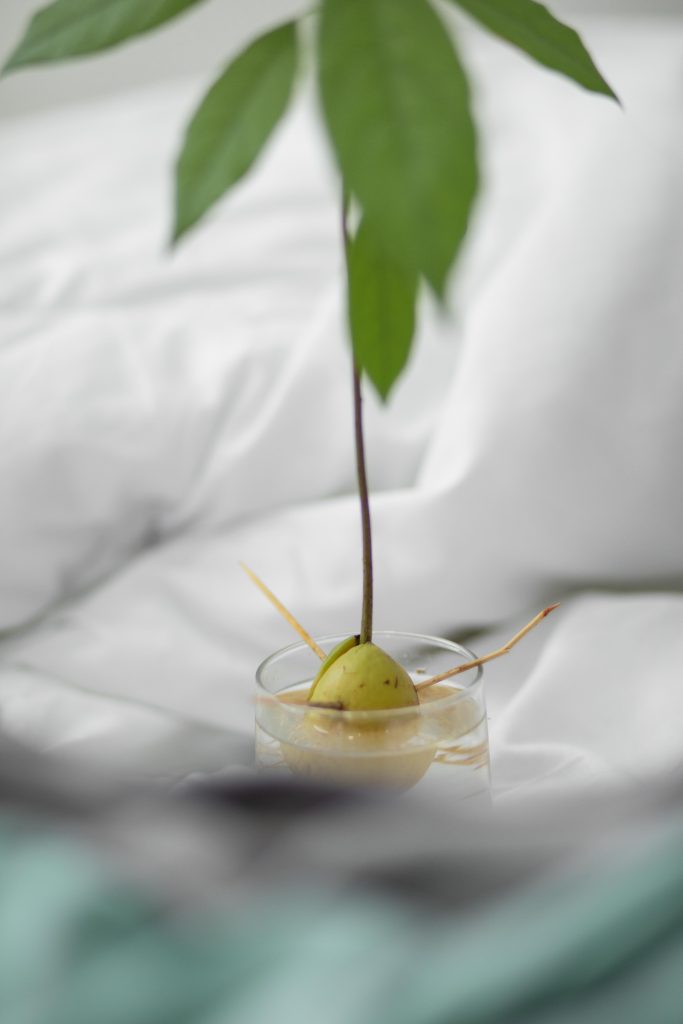
This image is property of images.pexels.com.
Alternatives to Seed Soaking
Direct planting
In some cases, certain plant varieties or seeds may not require soaking before planting in a hydroponic system. These seeds can be planted directly into the growing medium without pre-soaking. It is important to research and understand the specific requirements of the seeds you are using to determine if direct planting is suitable.
Pre-germination
Pre-germination is an alternative method that involves starting the germination process before transferring the seeds into the hydroponic system. This can be achieved by placing the seeds in a separate moist environment until they sprout, and then carefully transferring the germinated seeds into the hydroponic setup. Pre-germination can provide a head start and increase germination rates, especially for seeds with slower germination times or lower viability.
Potential Risks and Concerns
Over-soaking
One of the main risks associated with seed soaking is over-soaking. When seeds are soaked for too long, they may become waterlogged, leading to reduced viability or seed rot. It is crucial to adhere to the recommended soaking durations for each seed type and monitor the seeds closely to prevent over-soaking.
Seed rot and fungal infections
Excessive moisture or improper soaking conditions can create an ideal environment for fungal growth or seed rot. To minimize the risk of these issues, ensure that the soaking containers and the water or nutrient solution used are clean and sterile, and the soaking conditions are well-maintained. Proper ventilation and drainage should also be provided to prevent excess moisture accumulation.
Seed damage
While seed soaking can promote germination, some delicate or fragile seeds may be prone to damage during soaking. It is important to handle seeds with care and choose appropriate methods and durations to prevent seed damage. If in doubt, seek advice from seed suppliers or hydroponics experts for specific seed handling recommendations.
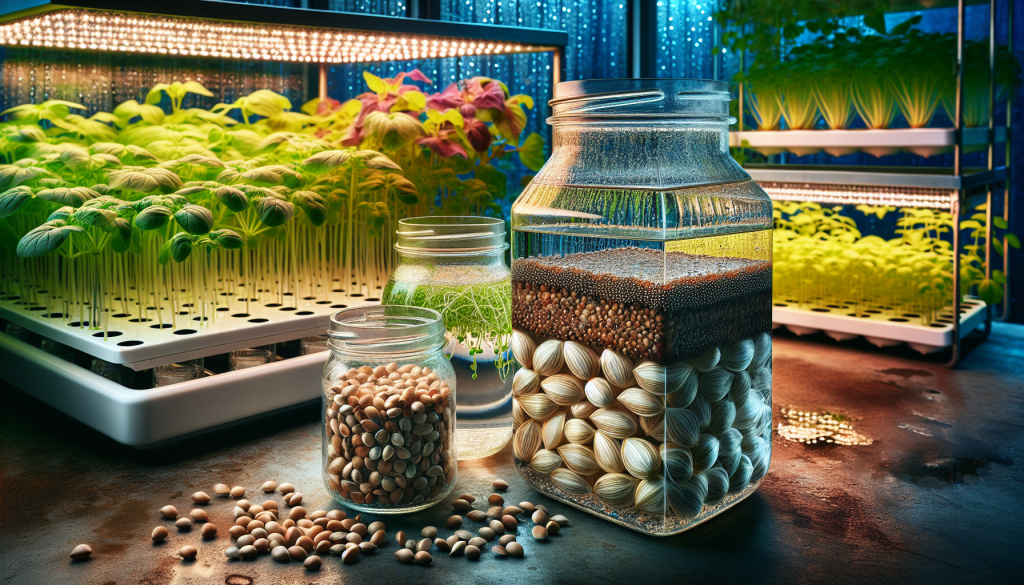
Tips for Successful Seed Soaking
Use clean water and containers
It is crucial to use clean water free from contaminants, such as chemicals or excess minerals, when soaking seeds. This can help ensure that the seeds are not exposed to substances that may inhibit germination or cause damage. Additionally, sterilize the soaking containers before use to minimize the risk of introducing pathogens or contaminants to the seeds.
Maintain optimal soaking conditions
To maximize the success of seed soaking, it is important to maintain optimal soaking conditions. Keep the seeds in a warm and dark environment to simulate ideal germination conditions. Avoid extreme temperature fluctuations or exposure to direct sunlight during the soaking process, as these factors can negatively affect seed viability.
Conclusion
Seed soaking in hydroponics can be a valuable technique to enhance germination rates and promote healthy plant growth. By understanding the purpose and benefits of seed soaking, as well as considering factors such as seed type, size, age, and nutrient solution, you can determine the most suitable soaking method and duration for your hydroponic endeavors. Remember to take into account any specific requirements or considerations for different seed varieties and monitor the seeds closely to ensure successful germination. With proper techniques and attention to detail, seed soaking can significantly contribute to the overall success and productivity of your hydroponic garden.
